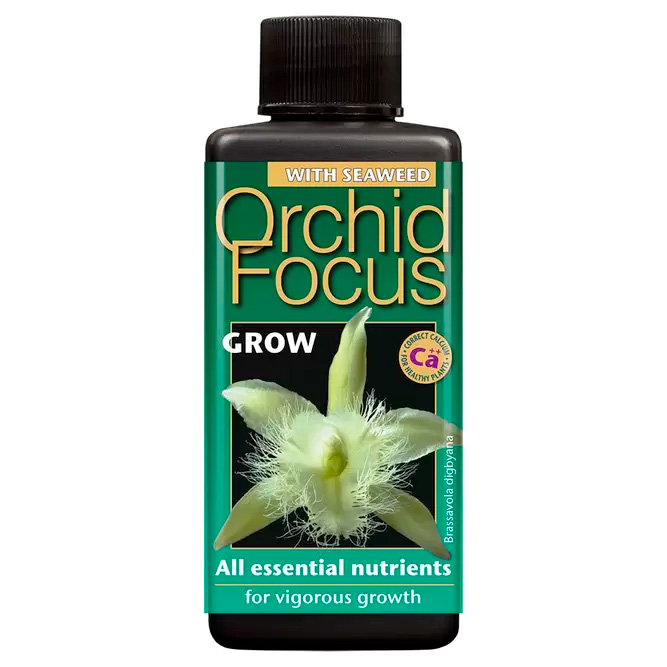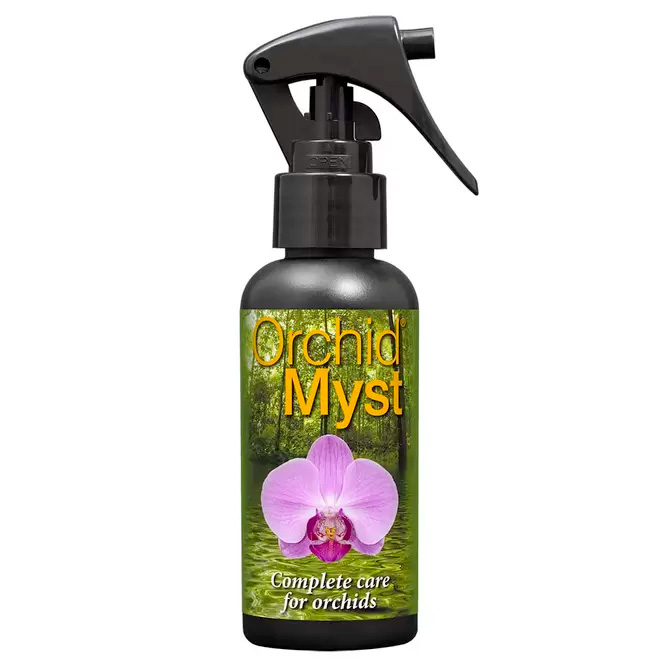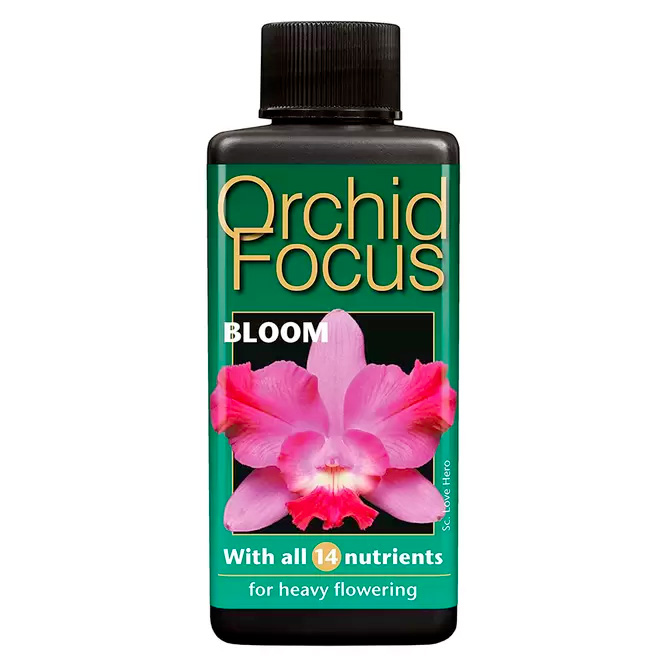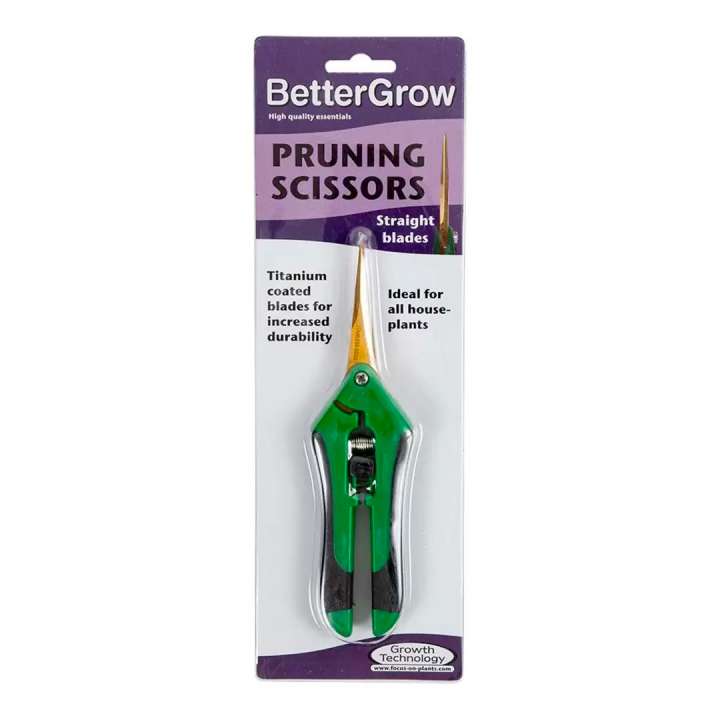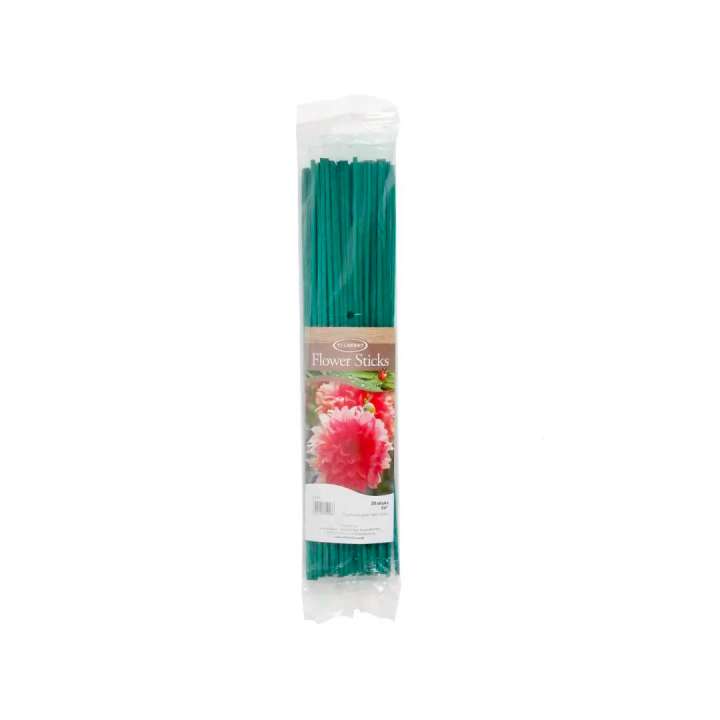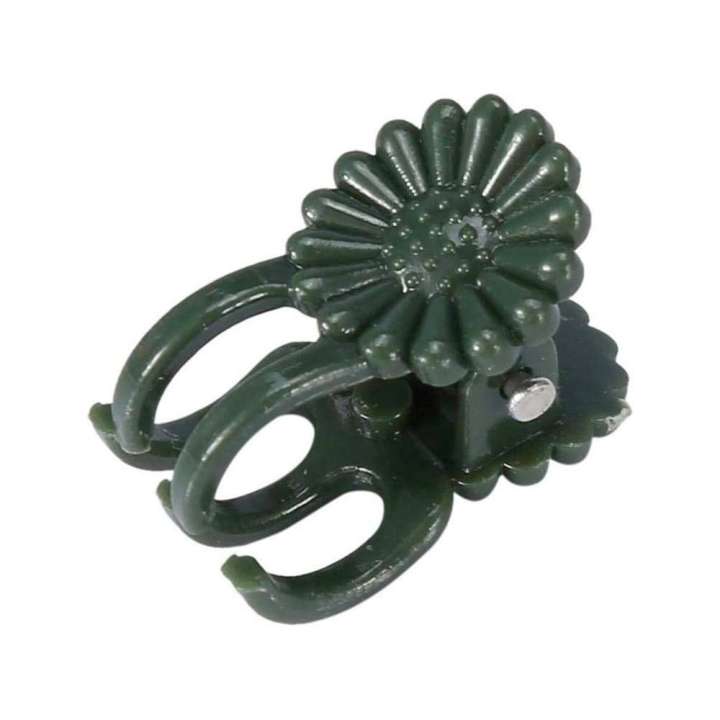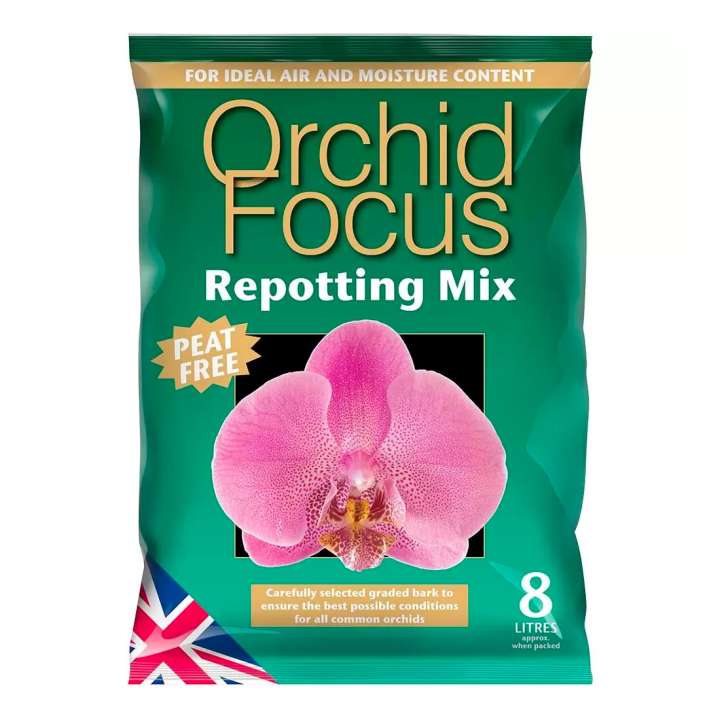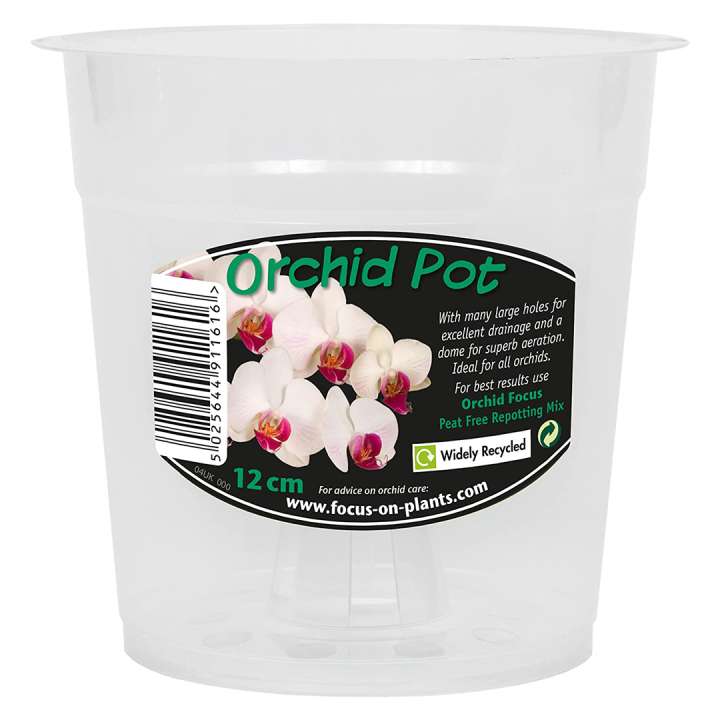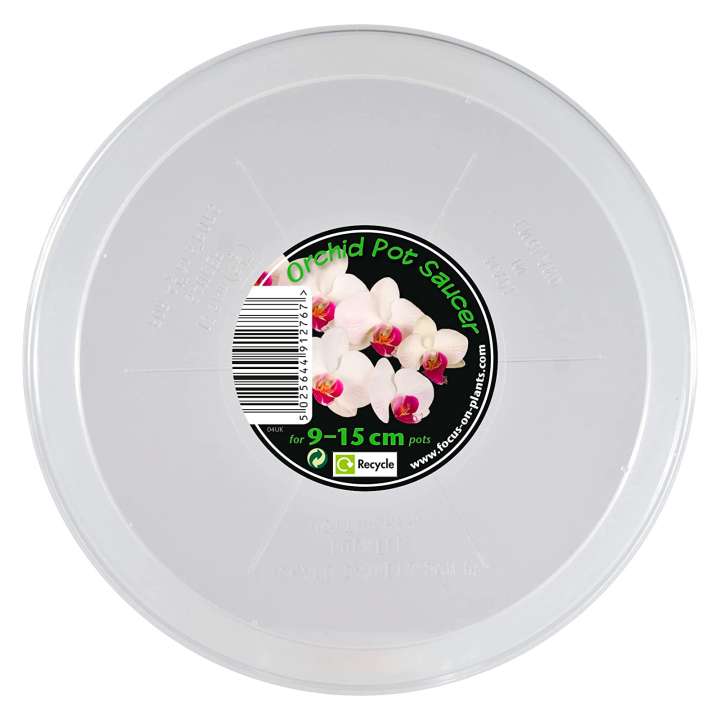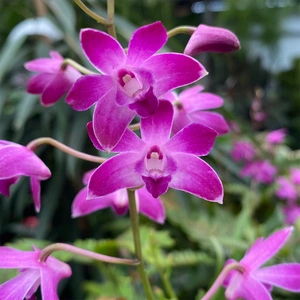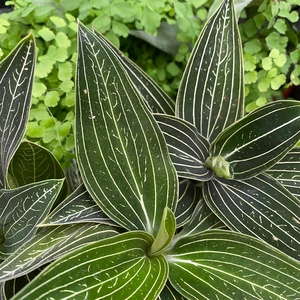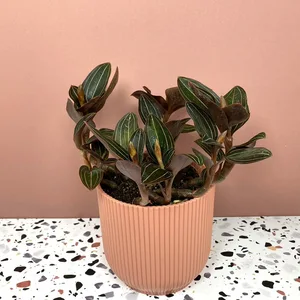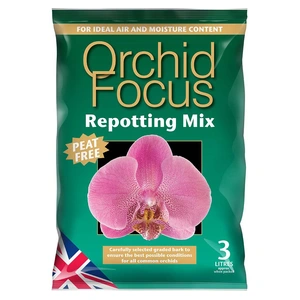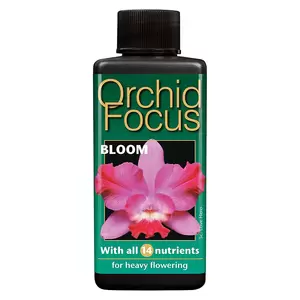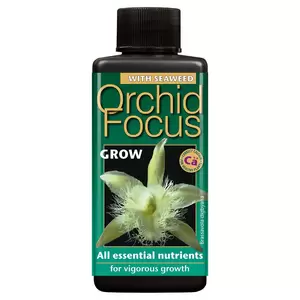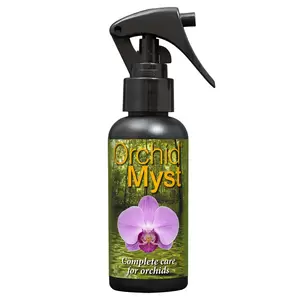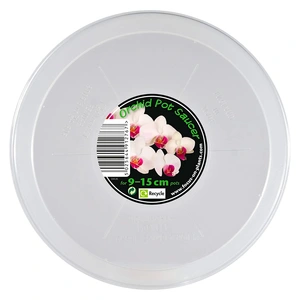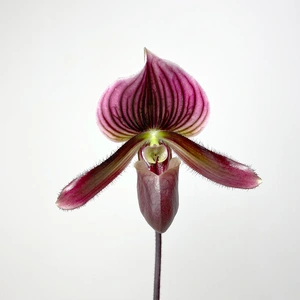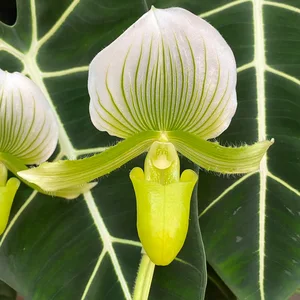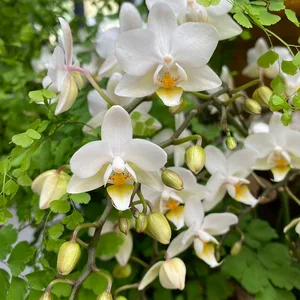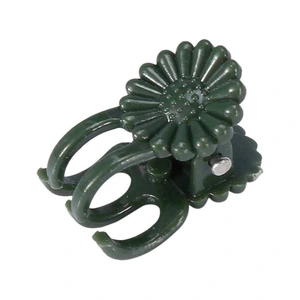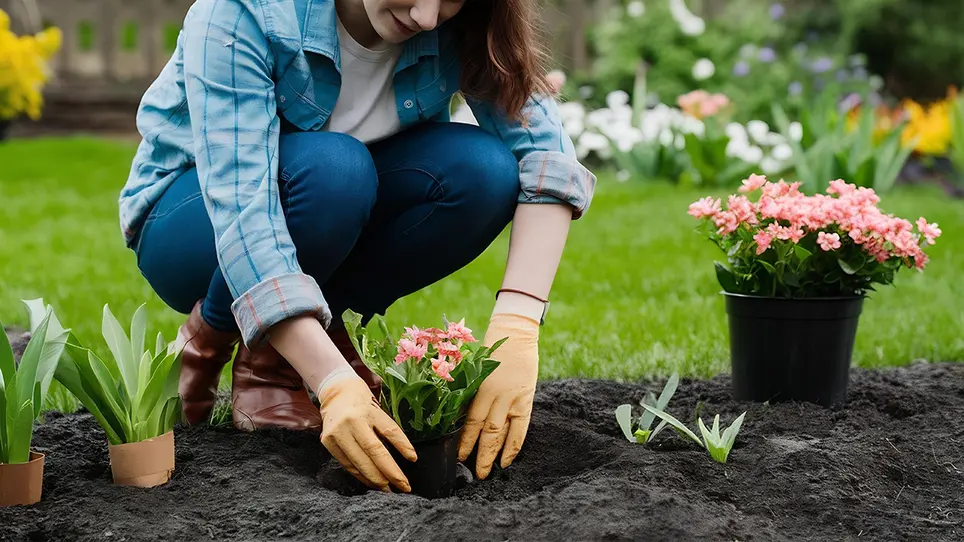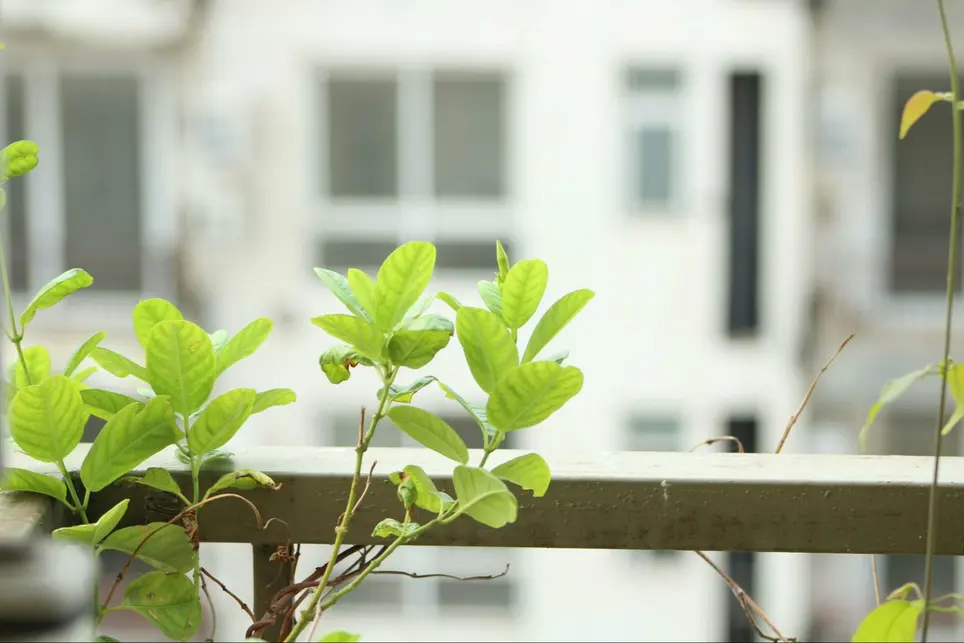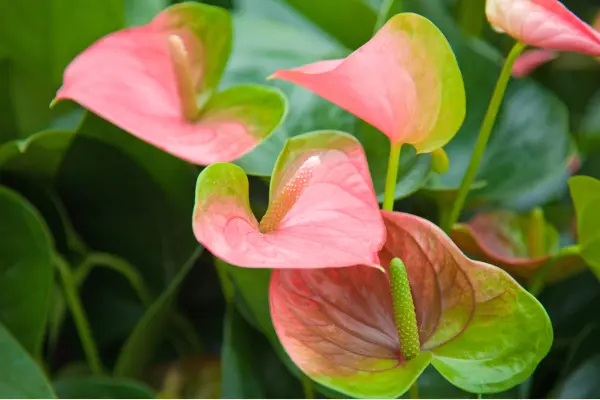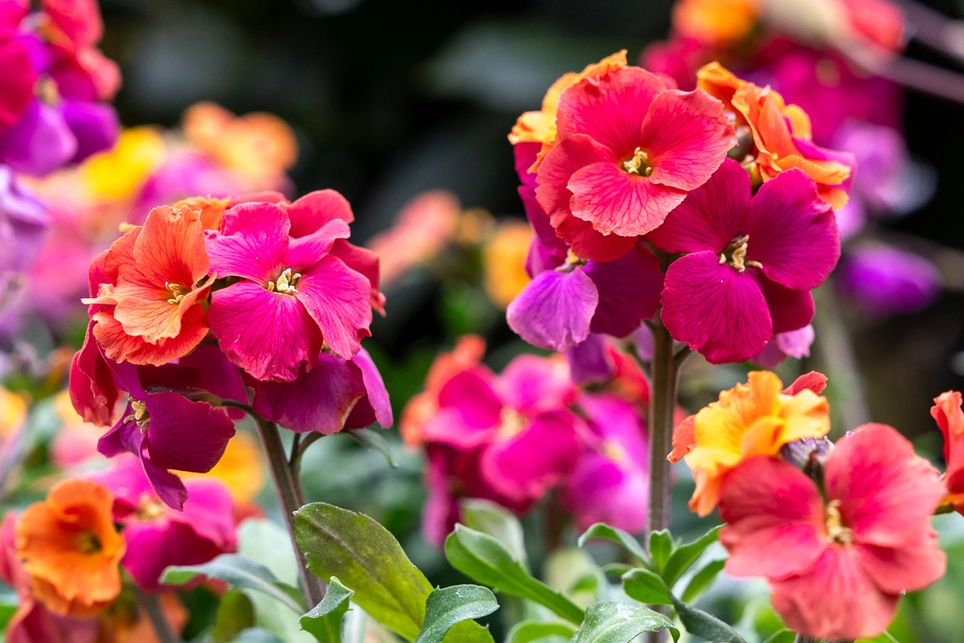
Many fear the word orchid– or at least when they envisage caring for one, which is entirely unnecessary as orchids, believe it or not, aren't that taxing to care for and, if done correctly, will thrive!
Orchids are a group of plants belonging to the family Orchidaceae, the second largest family of plants, the Daisy family (Asteraceae), stealing the first spot. There are roughly 20,000 species of Orchid found on every continent bar Antarctica. The result is a diversity that is hard to comprehend. Some of the most common orchids seen here in the UK are the Moth Orchid (Phalaenopsis), Slipper Orchid (Paphiopedilum), Boat Orchid (Cymbidium), Pansy Orchid (Miltonia) and the Dancing lady Orchid (Oncidium) to name a few.
There are two main categories of orchids– terrestrial and epiphytic. These terms refer to how the plant naturally grows, terrestrial meaning you'll find them growing in the ground in soil or mulchy medium as opposed to epiphytic species that grow in trees, clinging to branches with strong aerial roots. Knowing how your Orchid grows in its natural habitat is essential, as this could make or break your plant's survival and make life ten times easier regarding care methods.
An Orchid Overview
There are approximately 63 species of Phalaenopsis and seven naturally occurring hybrids (hybrids are plants that breeders have created through cross-pollination) predominantly found in Southeast Asia and Australia. Due to cross-breeding, thousands of Moth orchid cultivars are available now, so species plants can be harder to come by. The name Phalaenopsis stems from the Ancient Greek words 'Phalaina', meaning a kind of moth and 'nopsis', which means 'like.' The large, showy blooms reminded early explorers and plant hunters of ornately patterned moths. Phalaenopsis is an epiphytic orchid that does not require soil to grow. Planting Phalaenopsis in a free draining mix, such as chunky bark, charcoal, and pumice, is best.
Where to Position Your Orchid
The key things to consider when caring for Phalaenopsis are temperature and water. Always keep your Orchid warm as they can suffer when temperatures drop below 15C, especially in bud. They are prone to what is known as bud blast and bloom blast if there is too much fluctuation in environmental factors (temperature and moisture levels).
To avoid this, keep your Orchid in one spot, ensure a constant warm temperature and maintain a good watering pattern. Many plants suffer from a lack of humidity, and central heating is a houseplant fanatics' worst enemy. It's best to keep a dish of water or a pebble tray close to your Orchid and ensure it is not directly next to a radiator, as humidity should be a minimum of 40%. The fleshy aerial roots absorb moisture from the air, so humidity is essential for these not to dry out too.
Light is vital for your Phalaenopsis to put on lush, healthy new growth; however, it will not decide your Orchid's fate! Growing naturally in the tree thickets of Southeast Asia, light is abundant but rarely direct. Try to keep your plant in a bright spot but avoid direct sunlight as this could cause your Orchid to fry. A north-facing room would be on the lower end of the light spectrum, so ensure your plant is in the brightest spot possible. East and west-facing rooms provide sufficient light levels, especially in summer; just watch out for direct contact with flowers and leaves. Be careful in a south-facing room; temperature-wise would be ideal; however, ensure your Orchid is out of reach from the harsh rays– a bright indirect spot in a south-facing room is perfect.
If you need more advice on orchids for your home and office, Visit or Contact Boma and speak to the indoor plant experts
How to water & feed your Orchid
As Phalaenopsis are epiphytic, their growing medium will not hold any moisture; so when it comes to watering, a good method is filling your sink with tepid water and leaving your Orchid to sit for roughly 10 minutes. Then allow excess water to drain away.
You should aim to water your Phalaenopsis using the method we suggested every week to 10 days depending on environmental factors (consider prolonged hot weather, cloud cover and light levels).
It's essential not to drown your Orchid, especially in winter when light levels are lower, and the plant is not in active growth. A surefire way to kill your Orchid is to leave it sitting in water permanently. Many people place their gorgeous plant into an equally beautiful pot cover and water from above, leaving the plant to sit and drown without drainage.
Moth Orchids generally stay in active growth year-round here in the UK when temperatures are consistent; however, they will slow down slightly during the winter when light levels drop.
It's best to feed with a higher nitrogen feed such as Orchid Grow for epiphytic orchids as the bark they are grown in lacks natural nitrogen. Nitrogen is excellent for healthy green growth, so it will not encourage flowering, which is why it's best to mist your Orchid with a specific flowering mist such as Orchid Myst. Mist feeds are a great option as they provide additional humidity. Only mist the leaves to avoid damaging the flowers.
Check out our Orchid Plant Care Products on the Boma Webshop.
Orchid Flowering
Phalaenopsis flowers year-round. Given optimum growth conditions, they could bloom in January or July. Feeding your Orchid from spring through to autumn is best to encourage lush leafy growth and accelerated flowering. To encourage more frequent and prolonged flowering periods, it's best to feed with a higher phosphorous mix such as Orchid Bloom.
There are many schools of thought regarding the actual flower spikes of the Orchid where the flowers form. We recommend that once your Phalaenopsis has finished flowering, if the flower spike is brown and dried up, then snip it down at the base with some pruning scissors- this spike has died back and has zero chance of producing more flowers. If the spike is still green, leave it and carry on caring for your plant as usual. As the flower spike is still green, there is still living tissue, and you may get a second flush of flowers from the same spike. As the flower spikes grow, you can train them vertically along a flower stick to give the stems support and tie the stem to the flower stick with special stem clips that prevent damage to the stems.
Repotting your Orchid
As mentioned earlier, Phalaenopsis is an epiphytic orchid, meaning it doesn't grow in soil on the ground. They require a free-draining mix. Consequently, most come in chunky bark media such as Orchid Focus Repotting Mix, which is ideal. Moth orchids can last a very long time in the same pot. They prefer to be pot-bound and can reach the point when they physically burst out of the pot. It's best to let them get to this point, as if you are too premature with sizing up your orchid pot, this could lead to more moisture being held in the bark and increase the chance of overwatering.
Orchids have specific Orchid Pots that come in various sizes; they are transparent and have lots of drainage holes at the base. The reason for them being transparent is so that their roots photosynthesise. As they are green, they contain chlorophyll which enables photosynthesis. Many people place their orchids in decorative pot covers which defeats the object; however, as long as there is sufficient light for the leaves to photosynthesise, this doesn't make a huge difference.
Orchids are trending, and Boma stocks a range of Phalaenopsis Orchids at the garden centre, including Phalaenopsis 'Kolibri', Phalaenopsis 'Scenza', Phalaenopsis 'Liberty White', Phalenopsis 'Wild White' and much more. Due to high demand, the range is continuously changing. If you wish to see our latest varieties, please visit the garden centre and ask our indoor plant horticulture team.
If you missed the link to Orchid Plant Care Products on the Webshop, here it is again.




